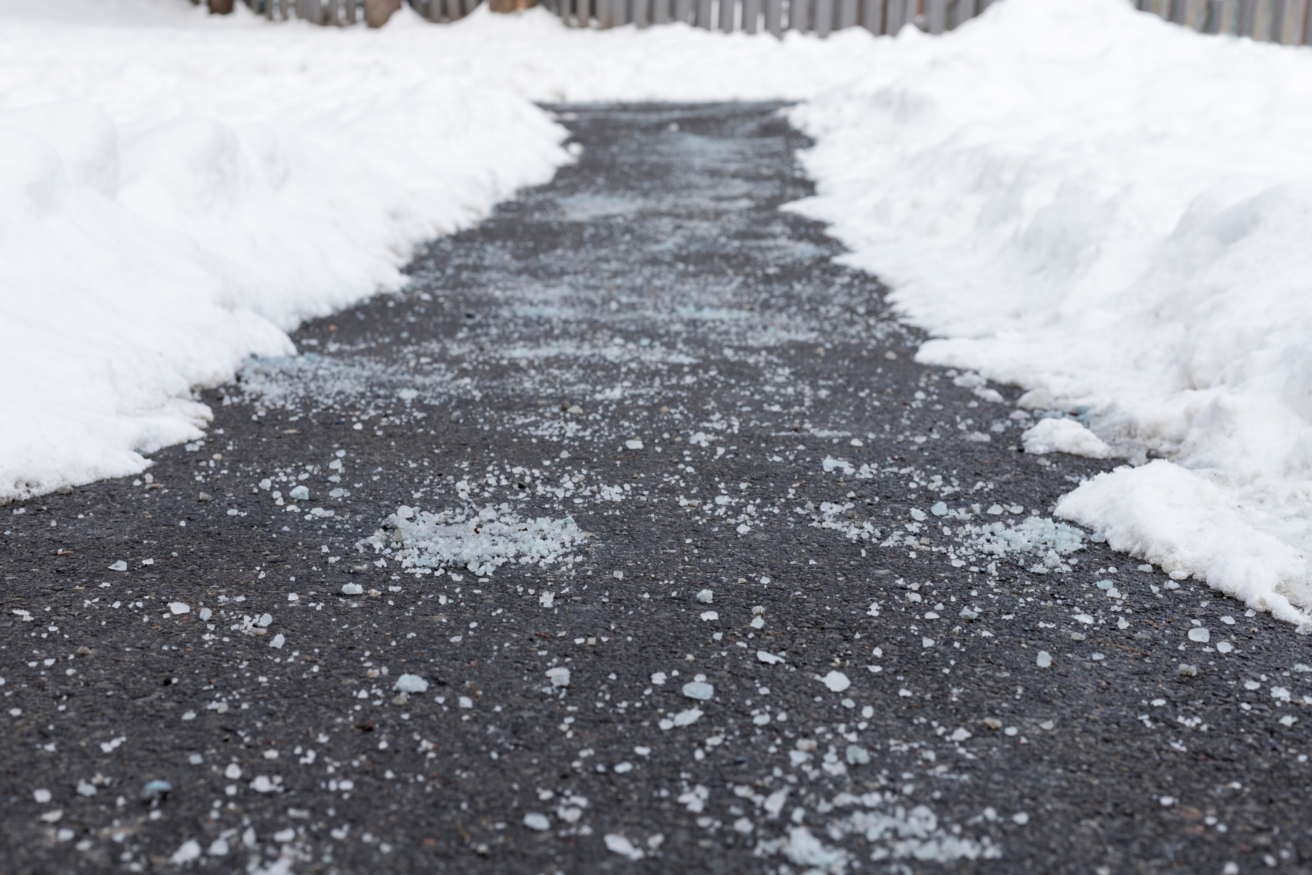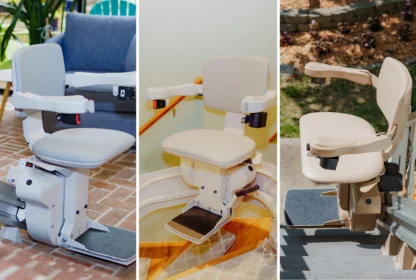Winter Preparedness: Essential Tips for Safely Winterizing Your Ramps and Lifts

As winter approaches, ensuring that ramps and lifts remain safe and functional is crucial, particularly in areas prone to snow, ice, and cold temperatures. At 101 Mobility, we understand the importance of winterizing these essential accessibility features. Here, we offer valuable tips and tricks to help you prepare your ramps and lifts for the winter season, ensuring they continue to provide safe, reliable access.
Winterizing Your Ramps and Lifts: Essential Tips
1. Regular Snow and Ice Removal: Keep snow and ice from accumulating on your ramps and lifts. Regularly clear these areas using a shovel or, preferably, a wire broom to prevent damaging the surfaces. It’s essential to remove snow promptly after a storm to prevent it from becoming compacted and icy.
2. Ensure Pathway Accessibility: Make sure that the pathways leading to and from your ramps and lifts are always clear. This includes the immediate area around these accessibility features. Clear pathways ensure safe and easy access for everyone, especially those using wheelchairs or mobility aids.
3. Use Safe De-icing Products: Apply ice melt products that are safe for metal and concrete to prevent slip and fall accidents. Be cautious in choosing de-icers, as some can be corrosive and damage the metal parts of ramps and lifts.
4. Anti-Slip Measures: Adding anti-slip tape or mats on the ramp surfaces can significantly improve safety by increasing traction, which is particularly important in icy conditions.
5. Scheduled Maintenance: Before the onset of winter, it’s advisable to schedule a maintenance check for your ramps and lifts. This ensures that they are in optimal working condition and can identify any potential issues that could be exacerbated by cold weather.
6. Protecting Electrical Components: For powered lifts, ensure that all electrical components are well-protected and insulated against the cold. Check for any exposed wiring and have them properly covered or repaired.
7. Checking for Wear and Tear: Regularly inspect your ramps and lifts for signs of wear and tear. Cold weather can exacerbate existing issues, so it’s vital to address any problems before they worsen.
8. Assistance and Support: If you’re unable to perform these maintenance tasks, don’t hesitate to ask for help from family, friends, or neighbors. It’s important that these tasks are done regularly to ensure safety.
By following these tips, you can ensure that your ramps and lifts remain safe and functional throughout the winter months. At 101 Mobility, we are dedicated to providing solutions and support to make life more accessible, regardless of the season. Stay safe and mobile this winter with these essential winterization strategies.


